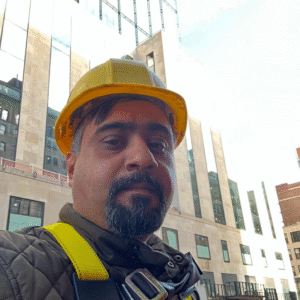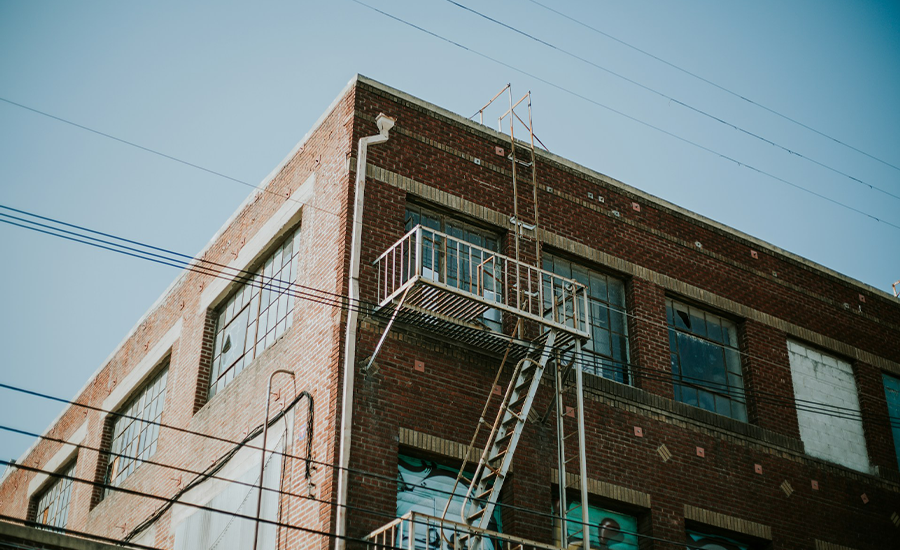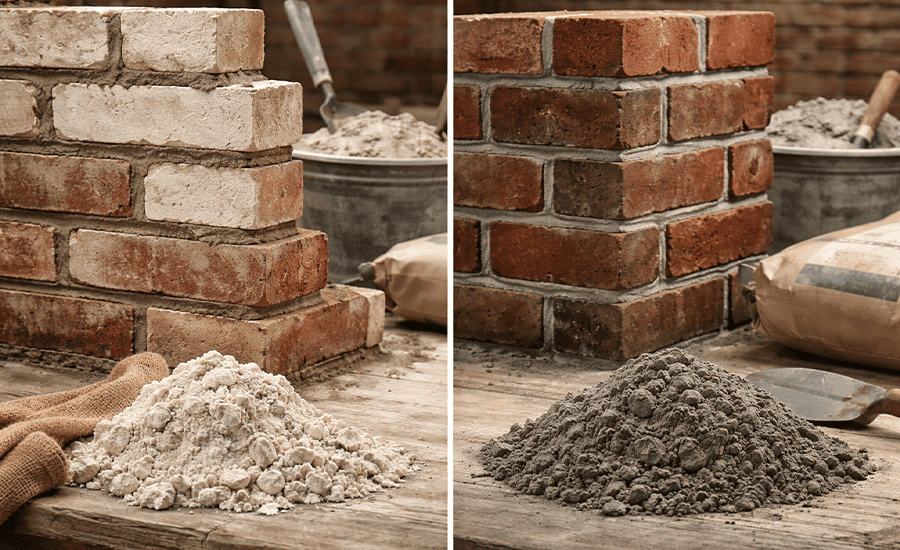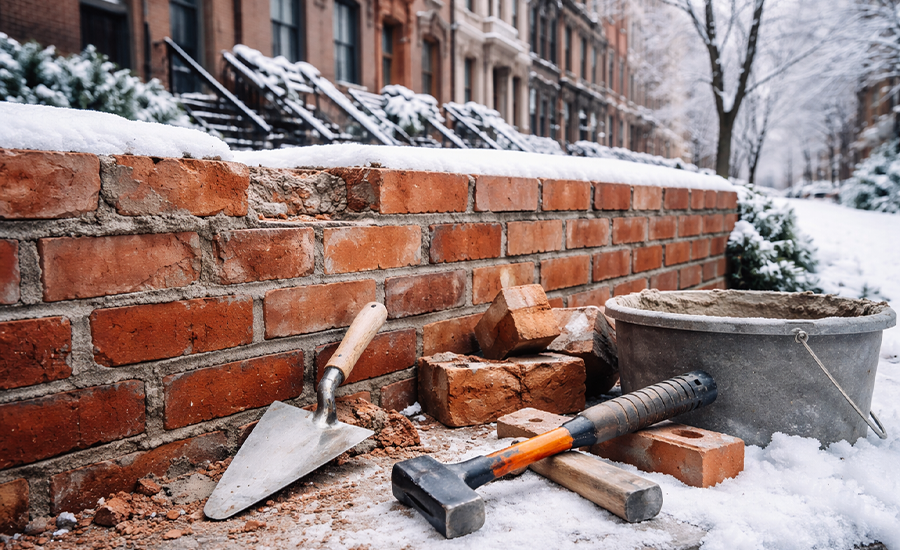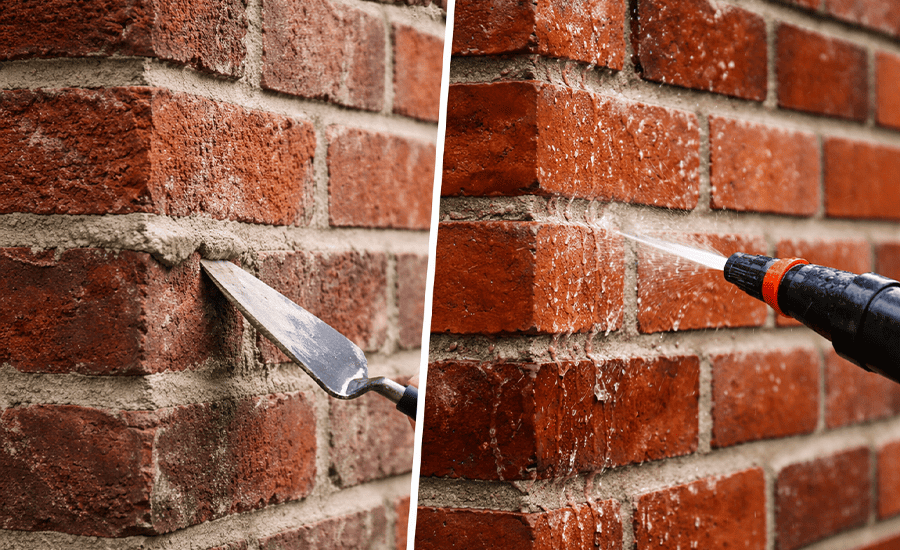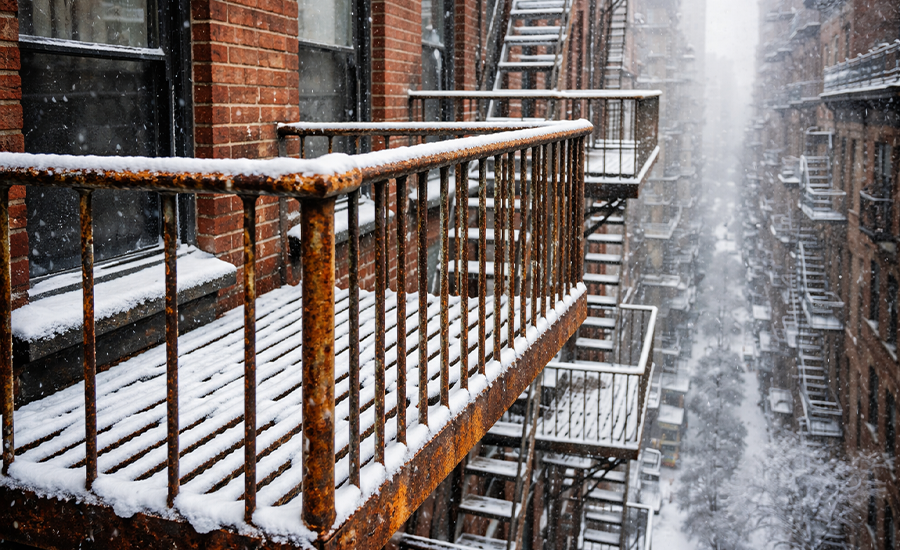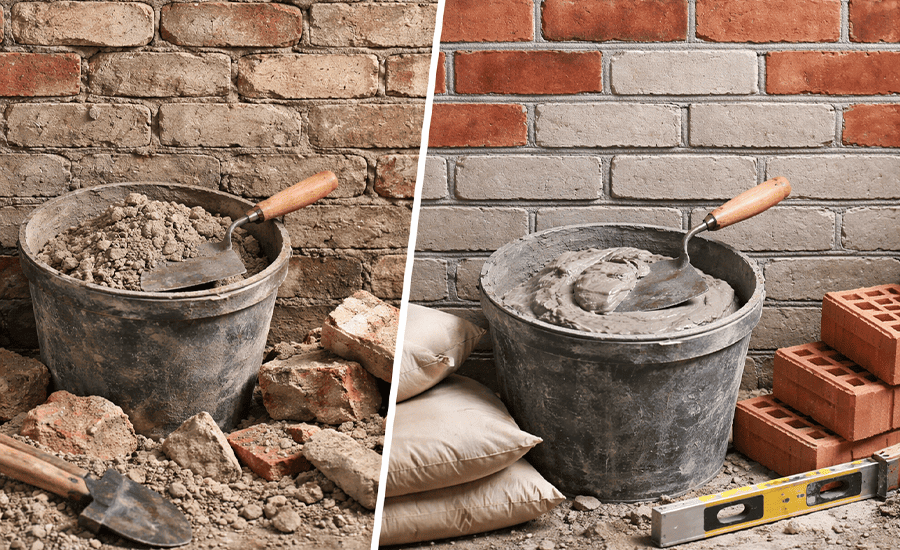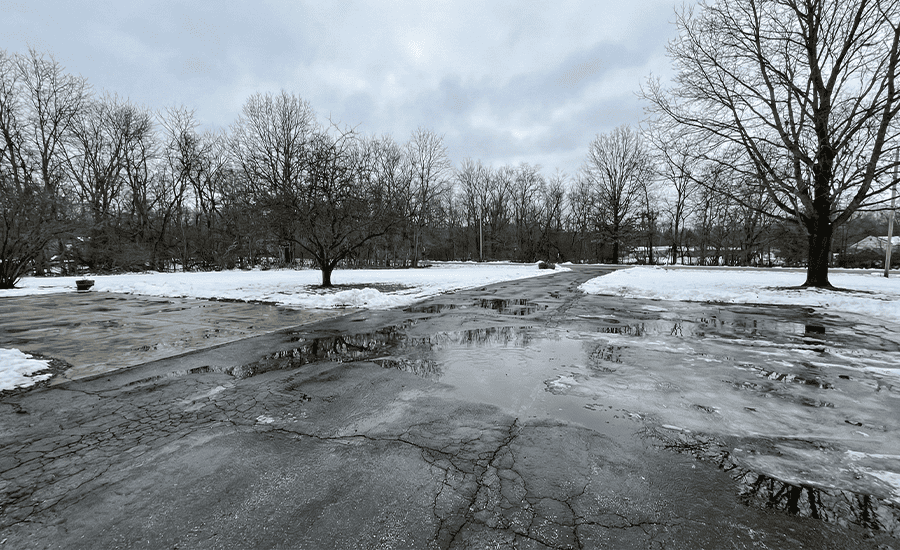Fire escapes are the metal structures placed internally or externally of the home that serve for emergency purposes. Fire escapes provide an emergency exit route during fires or other crises. Most of the types of fire escapes are constructed from metals like stainless steel, wrought iron, galvanized steel, or aluminum because of their structural soundness and durability. But there is one issue that metal fire escape quickly starts rusting, so make sure it is properly maintained with regular upkeep. Before installing Fire escapes, it should be considered to choose high-quality metals that don’t corrode easily. Keep your fire escapes under NYC safety codes and protocols for safe evacuation.
In this blog, we’ll understand the elements that cause part in rusting of the metal fire escape, how to prevent rusting, and materials that resist rust.
Factors Contributing to Metal Fire Escapes Rust
When iron reacts with oxygen, it forms iron oxide, the reddish-brown flaky coating that appears on fire escapes. Such external fire escapes
are exposed to NYC’s environmental wear and tear, leading to rust and corrosion. The following elements trigger metal fire escapes to rust:
- Water-laden environment
- Freeze-thaw cycle
- Airborne contaminants and corrosive salts
- UV radiation damage
If you want to know how rooftop designs handle exposure, read our guide on how rooftop fire escapes work.
How Quickly Does Rust Develop On Fire Escapes?
Let’s break down the rate of rusting with different elements:
| Elements | Role in Rust Formation | Case in Point |
|---|---|---|
| Metal composition | Each metal has different levels of corrosion. | Galvanized steels endure corrosion longer. |
| Environmental exposure | Salt-laden air elevates rust rates. | It slows down the rust formation. |
| Upkeep interval | Inspections detect early signs. | Yearly maintenance keeps corrosion under control. |
| Surface sealant | Paints and Galvanic treatments protect against corrosion. | Properly coated fire escapes have a lasting lifespan of up to 20 years. |
| Installation integrity | Improper installations and weak joints allow moisture accumulation. | When joints are not welded properly, they trap water, and rusting usually starts from there. |
Best Metals For Preventing Rust
Have a look at the best metals that don’t corrode easily and have a good lifespan:
| Material grade | Corrosion resistance | Frequent usage |
|---|---|---|
| Hot-dip galvanized metal | Substantially high | Advanced fire escape models |
| Traditional wrought iron | Balanced | Historic buildings with classic designs |
| Anodized aluminium | Highly effective | Modern, lightweight models |
| Rust-resistant steel | Extremely durable | Commercial fire escapes |
Ways To Protect Metal Fire Escapes From Corrosion
Let’s have a look at some of the strategies to implement to prevent your NYC apartment’s metal fire escape from rust:
1. Regular Surface Cleaning
- Clean the dirt and grime.
- Rub the rusted area with sandpaper.
- Use non-abrasive detergents to rinse metal components.
2. Recoating for Protection
- Use rust-preventive coatings.
- Repaint the surface within 5-7 years.
- Do not apply indoor paints because they can’t withstand exterior conditions.
3. Surface Protection Treatments
- Galvanic coating: Coats the steel with a layer of zinc to prevent corrosion.
- Epoxy finish: Adds a durable, weather-resistant finish.
- Rust neutralizer: Chemically neutralize rust and prevent spreading.
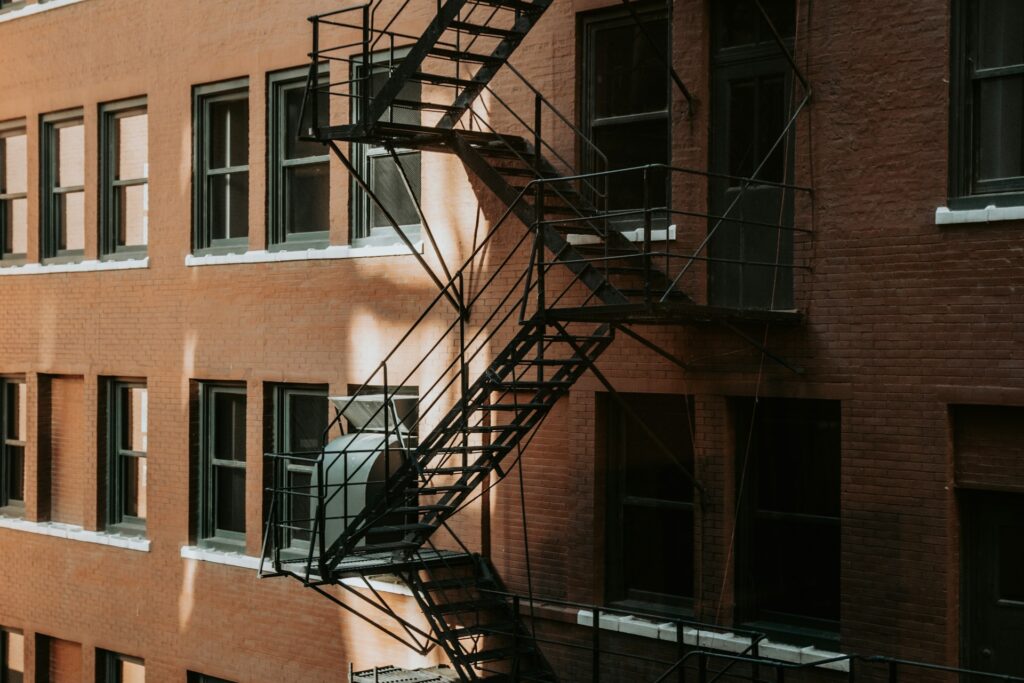
4. Yearly Maintenance Check
- Hire a certified contractor to inspect for rust, loose bolts, or weak welds.
- Ensure all structural components are secure and rust-free.
- Address any corrosion immediately before it spreads.
To understand how movable designs operate, check our detailed guide on how does a retractable fire escape function?
Conclusion
Routine maintenance and the right metal choice keep your fire escape secure and rust-free for years. Using high-quality coatings and performing inspections ensures both safety and durability. Always follow NYC safety codes to stay compliant and avoid costly repairs. A well-maintained fire escape protects lives when emergencies strike.
For property owners curious about design compliance, our article on are collapsible fire escapes allowed in NYC? explains the rules you should know. You can also explore best materials for long-lasting fire escapes to make smarter choices for long-term durability.
Sardar Restoration Corp proudly serves every corner of NYC, including the Bronx, Manhattan, Brooklyn, Westchester, and Queens. Our services are designed to meet your specific needs, providing top-quality solutions wherever you are. Check our service areas to see how we can assist you in your location.
Contact us today at (+1) 917-355-8556 or sardarrestoration@gmail.com, or visit us at 2770 Fish Ave, Bronx, NY 10469, United States.
FAQs
Do you repair rusted fire escapes?
Yes! Sardar Restoration Corp. has the expertise in repairing rusted fire escapes by removing the zinc corrosion, tightening the anchors, and repainting them to pass the fire escape safety inspections.
How often should my fire escape be inspected?
Our fire escape contractor in NYC suggests you get your fire escapes inspected every 1 year or when major storms hit, as the rain or humid weather can cause rusting and corrosion on the fire escape.
Can you replace my old rusted fire escape with a new metal one?
Yes! Sardar Restoration Corp. expertly replaces the old and rusted fire escapes with stainless steel fire escapes, ensuring seamless installation and fabrication.
What’s the best way to prevent rust on my current fire escape?
Here are the following ways y’all should consider to keep your fire escape maintained:
- Keep it clean
- repaint every few years
- Ensure joints and bolts are sealed properly.
- Frequent upkeep
- Rust-inhibiting coatings
Can painting prevent my fire escape from rusting?
Yes, repainting your fire escape every few years with rust-resistant outdoor paint helps block moisture and prevent corrosion.
What’s the best time of year to maintain a fire escape?
Spring or early summer is ideal, as the dry weather allows better cleaning, recoating, and inspection for any rust or damage.

